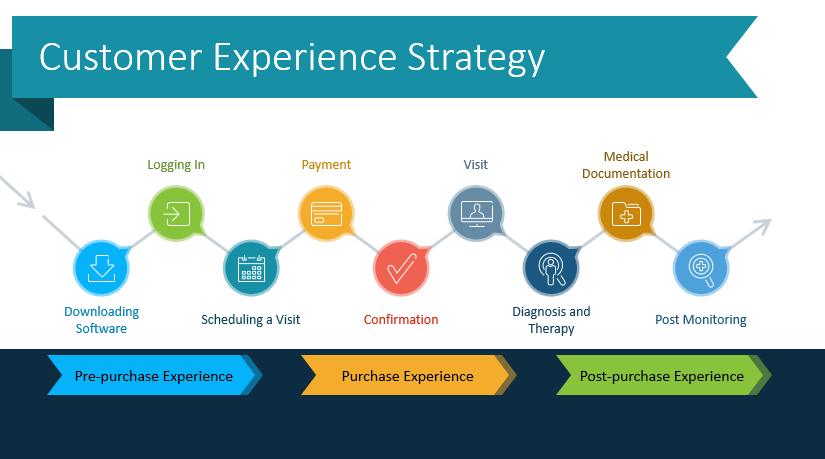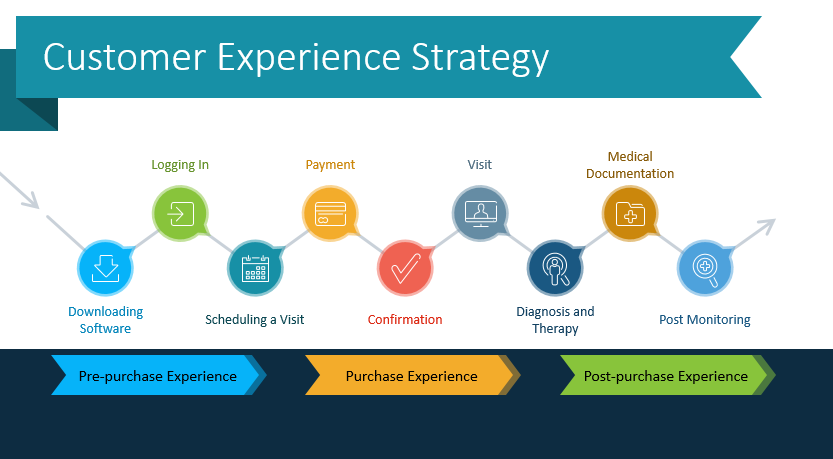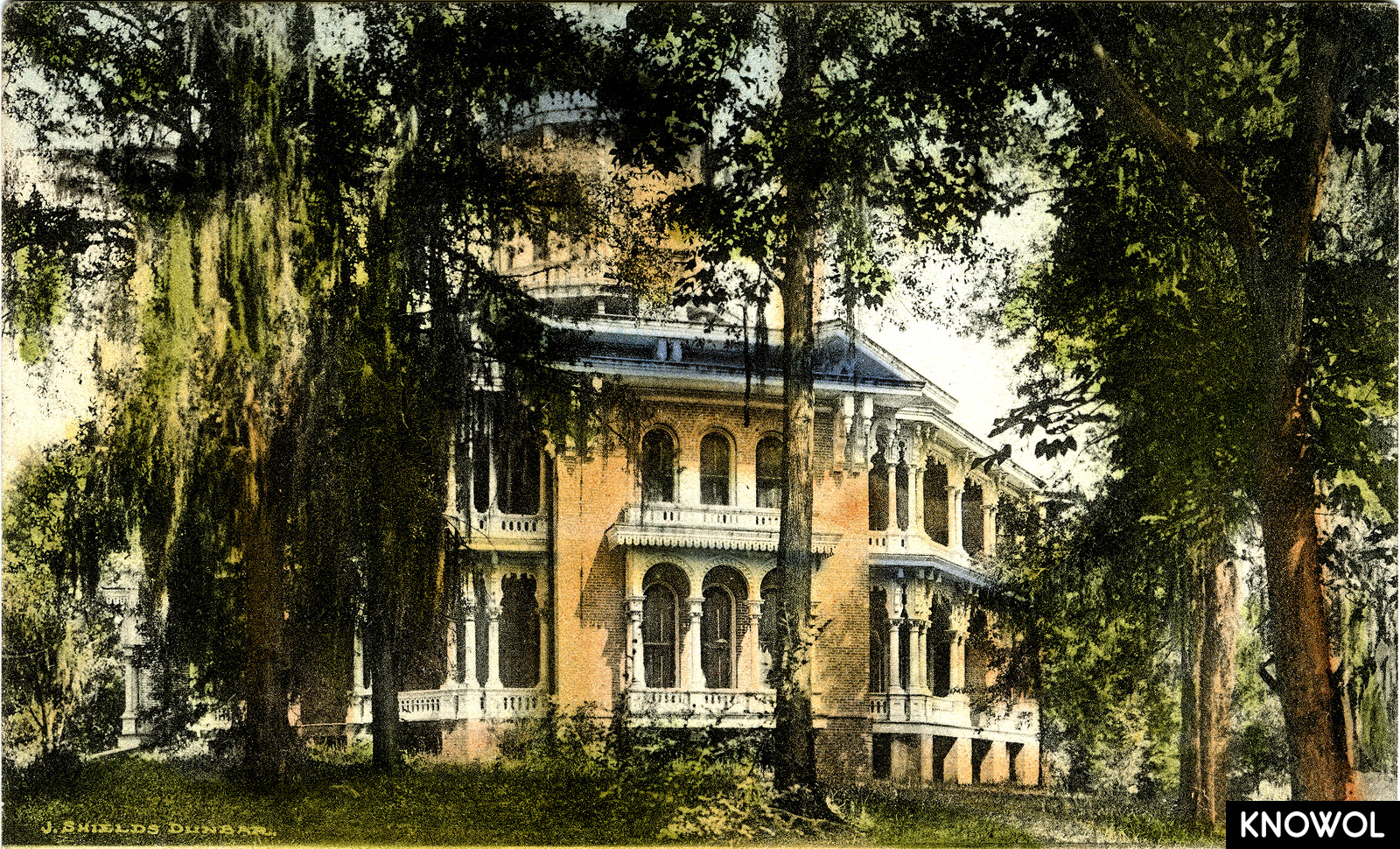Table Of Content

Our proprietary approach to deep human understanding leverages behavioral science, predictive analytics, design-research fueled innovation and data-driven optimization. Now, merge the best elements from these individual sketches into a unified future-state flow. You can then share this consolidated journey with the whole workshop team. It will help you paint a picture of what the improved customer experience could look like. If the site bombards them with too many upsell options, like seat upgrades or extra baggage, it might overwhelm them. It may suggest a more streamlined and helpful upsell process, not pushy.
Would you like to learn more about our Growth, Marketing & Sales Practice?
They’ll know how to respond, what action to take at any given time, and which team members and departments are responsible for certain stages. A dependable CX design outlines who owns each stage of the customer journey, as well as policies and protocols for each touchpoint. UserTesting enables you to gather customer feedback on digital interfaces and content via remote unmoderated tests. With the Human Insight platform, you can understand customers' pain points, make informed decisions, and continuously test across devices to address CX issues. For example, a hotel may ask guests about their stay experience, staff interactions, amenity usage, and suggested upgrades upon check-out.

Featured in Product & Design
What Do CX Teams Look Like? - CMSWire
What Do CX Teams Look Like?.
Posted: Tue, 23 Apr 2024 07:00:00 GMT [source]
Attaching goals to CX allows you to track your progress and see whether your experiences stack up to expectations. If you don’t deliver on those goals, you’ll know you need to rethink your approach. Happy customers are more likely to buy from you than new customers. Creating great experiences can improve customer satisfaction, which increases your chances of continuing to sell to them. Consumers have increasingly high expectations of the companies they do business with.
CX Exchange 2024: HCLSoftware's Michael Roe on keeping people at center of experience design - Federal News Network
CX Exchange 2024: HCLSoftware's Michael Roe on keeping people at center of experience design.
Posted: Thu, 25 Apr 2024 21:16:20 GMT [source]
What Is Customer Feedback?
To ensure your users have a good experience, using real data is important, not guesses. Keep improving the user journey regularly because it can change. Working with experts like UX designers and customer support teams helps you better understand users and make the user journey mapping match their real experiences. A CX design strategy effectively marries the principles of CX with the methodologies of design thinking to create holistic, user-centric experiences. Design thinking encourages out-of-the-box thinking and creativity, which is crucial in CX design. It allows for innovative approaches to enhancing the customer journey, whether through digital transformation, novel service offerings, or unique customer interactions.
Join us today — unlock member benefits and accelerate your career, all for free. For over two decades CMSWire, produced by Simpler Media Group, has been the world's leading community of customer experience professionals. When trying to stand out from competitors, most companies have looked to their prices or the quality of their products for aspects that can be improved.
Be adaptable to customers’ evolving wants and needs
Adopt an agile approach with continuous rapid testing and user feedback loops. For instance, an e-commerce retailer revamping its website must first prototype a few key landing pages with alternative layouts. By gathering qualitative feedback from a diverse group of existing customers through usability testing, they can quickly identify navigation and visibility issues before the final build. Such iterative experimentation prevents bad ideas from scaling up while directing resources to truly impactful areas.
Key Customer Experience Design Principles
Collecting feedback from customers is one of the most powerful ways to grow and enhance a CX design strategy. Gather customer insights through surveys, interviews, and data analysis to understand customer needs, pain points, and preferences. Successful CX designers will have strong problem-solving skills and the ability to analyze and interpret data. They should also be able to think from a client’s perspective, using tools and data provided by research to create and optimize the customer journey. Customer experience design works to streamline and optimize every stage of the buyer’s journey.
Delivering great customer experience requires a structured design process focused on the customer. While variations exist, a general CX design workflow has four key phases. All employees need to recognize how important it is to understand the customer. When they feel empowered to make decisions that benefit the customer, your CX design strategy could see some serious improvements. It gives brands a way to interact with customers instantly, answering questions, responding to comments, and boosting their online profile. By analyzing how clients interact with your social media pages, you can refine and enhance your CX design, utilizing their comments, concerns, and insights.
Customer Journey Analytics
Engage in mystery shopping, voice of the customer research, and business diagnostics to understand the emotions a customer feels along their journey. Also, look out for significant pain points and memorable moments that are perhaps crucial to customer loyalty. Back in the day, companies relied on the quality of their products and word-of-mouth marketing to bring in new customers, but things have changed dramatically in the last few decades. A good CX is made up of many different components, including ease of use, speed of delivery, quality of customer support, personalization and consistency across all touchpoints. Measuring customer experience can be done in different ways—from using surveys and feedback forms to tracking website analytics and customer loyalty scores. The goal is not selling your product and recording that sale as another number, it’s putting yourself in the shoes of a customer looking for answers and ensuring that they get it.
CX design requires understanding both the rational and emotional needs of customers. Design teams use quantitative data and qualitative insights to walk in their customers' shoes as they use the product or service. Designers identify pain points in the current experience and re-design touchpoints to remove frustrations and inefficiencies. In today's competitive market landscape, customer experience (CX) can be a key differentiator between brands that thrive versus those that barely survive. That's because good CX nurtures positive customer relationships, helps organizations get word-of-mouth referrals, and supports a strong brand reputation.

Get input and buy-in from your social media customer service teams, contact center teams, salespeople, and marketers. If you have brick-and-mortar stores, get your in-store employees involved in shaping better face-to-face experiences. They want to do business seamlessly and want to connect with brands on the channels they prefer. When brands learn what experiences their customer base wants and expects from them, they can design those experiences to meet those expectations. CX design isn’t about guesswork—it’s about gaining a strong understanding of your customers and using that information to shape your brand’s touchpoints.
A customer journey often utilizes multiple modes of interaction across varying devices. There are often many touchpoints between the customer and the brand both before, after, and even during the consumer’s use of the product. A “good” customer experience usually means seamless and enjoyable exchanges from beginning to end. Customer feedback is the easiest way to get real insights into your CX design program, and with it, you can continue to delight your customers with an integrated journey and a seamless experience. Building experiences that customers enjoy positively impacts brand loyalty and spend, because customers will reward seamless, enjoyable experiences with repeat purchases and higher brand engagement. Customers who consider an experience 5/5 stars are more than twice as likely to make a repeat purchase, with 80% of satisfied consumers spending more.

No comments:
Post a Comment